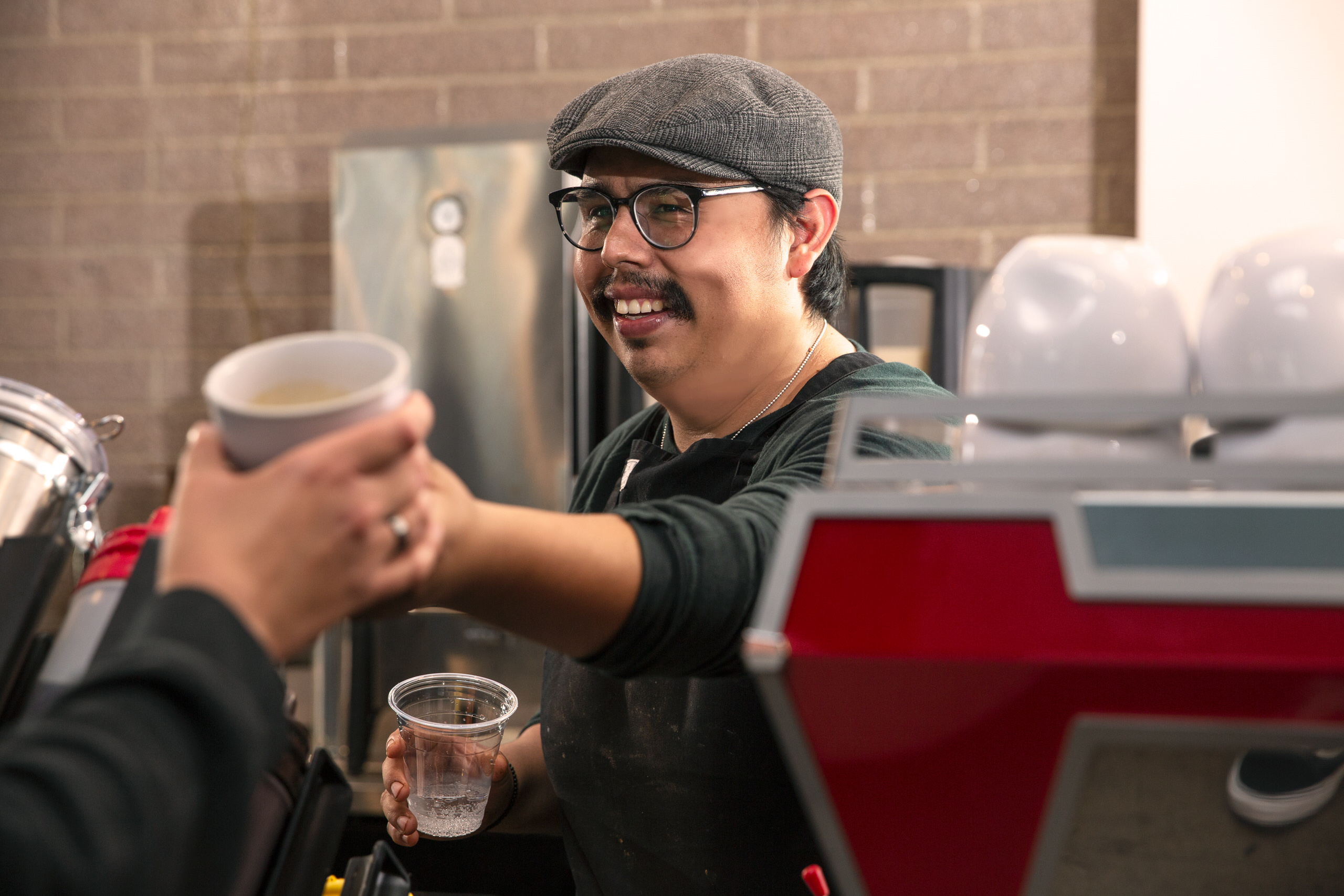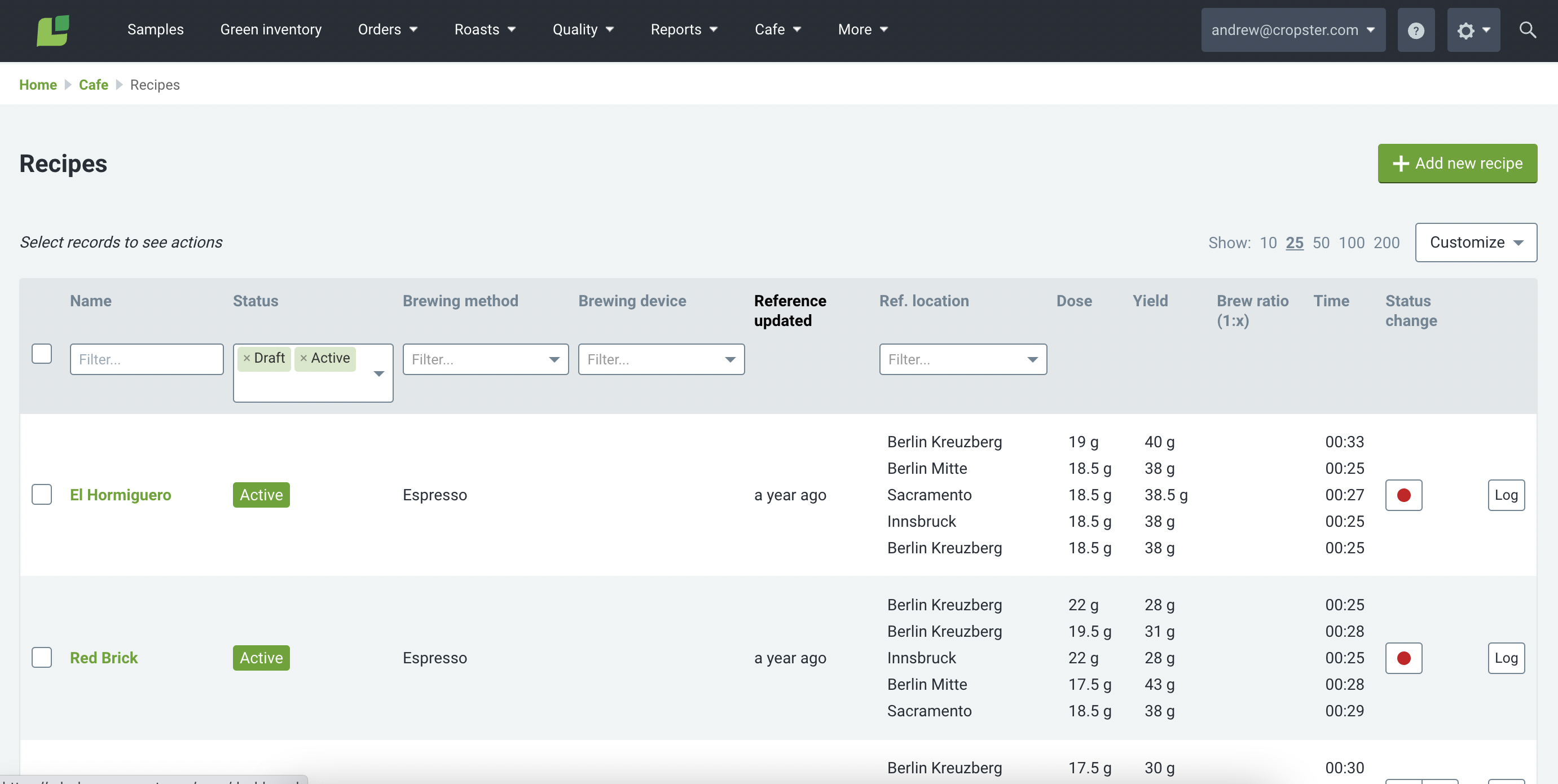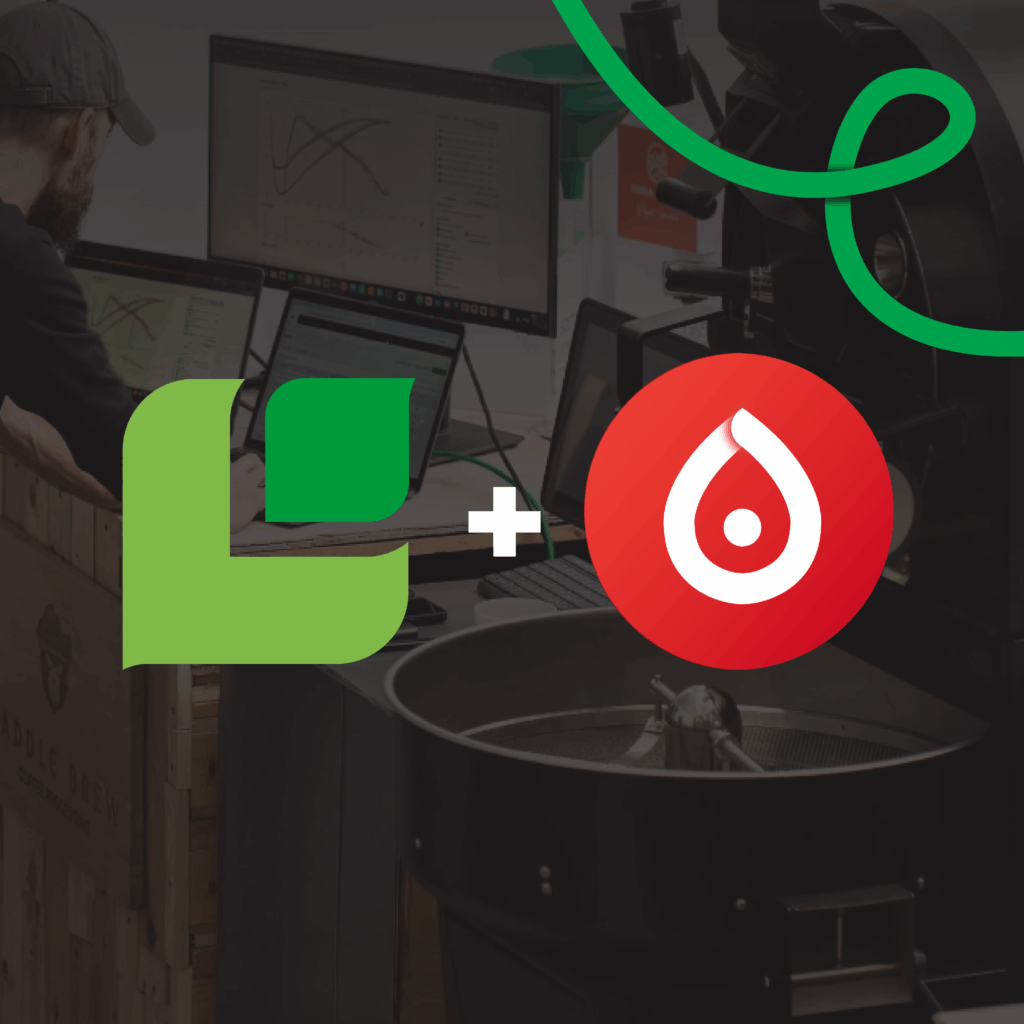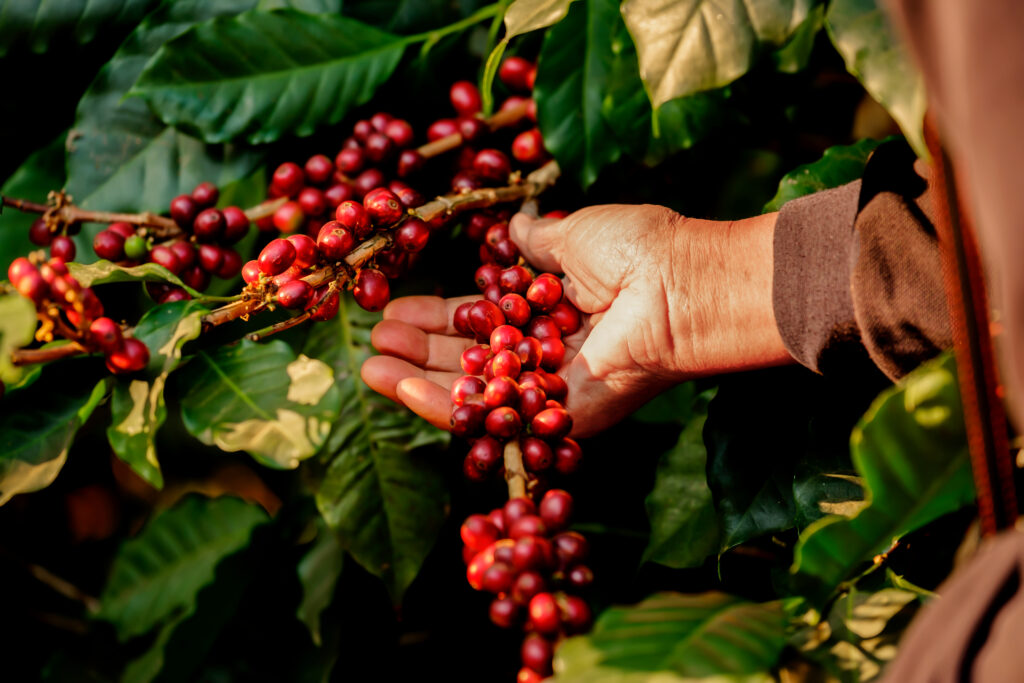Recipes and Brew Logging

| Cafe
Written by Marcus Young
In previous articles, we learned about Consistency at the Cafe with Coffeebar, based in Reno, NV USA, with locations in multiple states. We also learned about the many ways roasters manage consistency in our article on Production Consistency. Managers want coffee to taste great no matter who brews it. Customers want consistency in their daily coffee.
Whenever your team prepares a coffee, they can follow a standard brew recipe, often referred to simply as the ratio of coffee to water, but a recipe can go far beyond this to include the dose of coffee, time of brew, and the final yield of the extraction. It can be far more complex than that when you account for water quality, brewing equipment, water contact time, total brew time, water temperature, and more. The ultimate goal is to produce a cup of coffee that tastes consistent time and time again. In order to achieve consistency, it’s important to establish a recipe and record that for easy reference by any barista who may prepare the coffee.
Much has been written about the importance of brew recipes. Barista Magazine has published brewer’s cup and Aeropress recipes from national and international champions. The World Aeropress competition maintains a database of winning recipes. Perfect Daily Grind reported on the importance of espresso recipes in an April 2022 article titled “A guide to calibrating your espresso recipes”. The author, Shaun Aupiais from South Africa’s Red Band Academy writes, “Mastering the art of calibrating your espresso recipes takes a great deal of practice. But once you understand the effect of each variable on the coffee’s flavour profile, you will be able to pull great-tasting shots again and again.” (https://perfectdailygrind.com/2022/04/a-guide-to-calibrating-espresso-recipes/)
Historically, brew recipes have been established and then written into training manuals. In some cafes, you would find brew recipes recorded on the hopper of a grinder with a paint pen or a post-it note – listing the dose, time, yield and a few key flavor notes. In other cafes, baristas may record their recipes and dial-ins in a notebook, which gives some transparency and history to how coffee is performing (and might serve as a record of starting points for new coffees). In other cases, baristas change shifts and communicate their recipes verbally during the shift handoff. In yet other cases, a basic brew recipe might be taught during the initial barista training, but not visited again. The benefits for these analog approaches are that they are simple, easy for the staff, and are an efficient and fast way to convey recipes and standards to a busy staff.
The limitation of these models is that they are limited to one cafe. These analog methods of conveying recipes don’t allow oversight, encourage learning, or provide broad insights into how the coffee is being brewed. If you operate multiple locations, how are recipes shared between teams? How are multiple locations comparing flavor notes for the coffee day to day? Is there a methodology for a trainer, lead barista, or regional manager to review each locations’ recipes and corresponding flavor notes across multiple locations? If you are a roaster / retailer, is there a way for the QC lab to compare their results with a given coffee to the results in individual cafes? These questions point to just some of the limitations of managing brew recipes at individual locations.
Recipes are not universal. They vary depending on specific coffees, the number of days a coffee is off roast, and might even change throughout the day as crowds start coming in, the cool morning becomes a warm afternoon, new bags of coffee from fresher roast dates are opened, and/or other factors. Recipes require regular updates to achieve the same consistently tasting result in the final cup. Adjusting a recipe has to be easy and efficient for the barista, but also shared with other staff, trainers, and company leadership. Management and QC departments are eager to understand how each coffee is being brewed and the reasons why a recipe is changing. This allows for oversight to assure consistency across multiple locations, and also provides the framework for ongoing training and learning on the part of baristas.

One of the key features of Cropster Cafe is the ability to define brew recipes, which can apply to specific coffees, locations (for example, city center store versus a location in an outlying suburb), brewing stations within a location (e.g. brew bar, inside espresso bar, drive-through window bar), specific pieces of equipment (e.g. La Marzocco Linea PB versus GB5), and even specific brew buttons on your espresso machine. When we developed Cropster Cafe, it was important to maintain the simplicity and ease of the more analog solutions mentioned above.
Cropster Cafe has helped exponentially in recipe organization, record keeping and communication. It makes recipes easily accessible to all staff members and helps us form a bridge of communication between our lab and cafe space easily. The organization of the recipes tab helps us to look back at previous dates of coffee and what our parameters were to easily gain knowledge and streamline our dial in process.
Danycia Riley, Cafe Manager, Roseline Coffee
In Cropster Cafe, recipes are the basis for best practices for sharing information about brewing across a cafe business, to disseminate to any location, while still making it easy for variances between locations to update and maintain recipes locally. Cropster Cafe also makes it easy to maintain multiple recipes for different brewing methods. The result is that the front-of-house bar staff has an agile tool, and the back-of-house management and operations team receives immediate feedback and oversight that is integrated with specific equipment, roast batches, coffee types, and locations.
The following reports over just a few short weeks illustrate how three different locations initially started off reporting a huge discrepancy of shot volumes, but after a short time of staff training, the brew volumes fell within a much tighter range.


This gives retailers tremendous flexibility and if you are using equipment that automatically measures output (the La Marzocco ABR equipment being one example), then each button can be set to a specific recipe for unique coffees. For example, your house espresso blend tastes best at a 1:1.5 ratio. If you’re using a 20g dose, you would set the output on button 1 to produce a 30g shot to accomplish the recipe. Perhaps your single origin offering from Peru tastes best at a 1:2 brew ratio. Easy, set your output to produce a 40g shot from a 20g dose. These features allow you to lock in your recipes, be it for different coffees, or also for a unique extraction profile for the same coffee depending on usage (e.g. straight espresso versus milk based drink). Within Cropster Cafe, you can watch the results of each recipe as you log each brew.
With Cropster Cafe, recipes are key tools to establish best practices and produce consistently delicious coffee. Recipes have great potential, but their potential has been constrained because historically they live only at a specific machine at a specific location, often recorded on a laminated card on the hopper. With a cloud based solution like Cropster Cafe, recipes are created and disseminated efficiently across locations. Recipes at one location become a great resource for learning and sharing about coffee across multiple venues. Recipes suddenly become a tool for trainers. New baristas have access to variations as they work at different locations with different water quality, grinders, and equipment. Baristas and their trainers also now have a tool that tracks recipes and extractions over time, allowing for ongoing improvement and learning. The power of Cropster Cafe is that it takes the familiar practices for anyone working in a cafe and makes them more efficient.
INTERESTED IN CROPSTER CAFE? BOOK A DEMO TODAY AND START A FREE TRIAL

